When Wartime Plunder Comes to Campus
Sapiens
MAY 7, 2025
In the aftermath of the Gulf War, sparked by Iraqs invasion of Kuwait in 1990, the countrys archaeological sites became easy targets for looters. Archaeological sites were also targeted and destroyed, with as much as 80 percent of their surfaces covered in looters pits. During the 2003 U.S. Does anyone know why Im bringing up 2003?


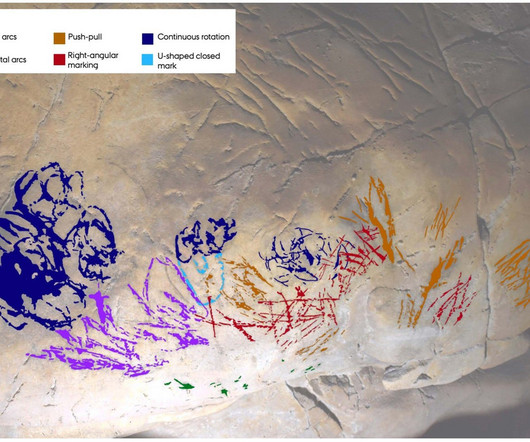
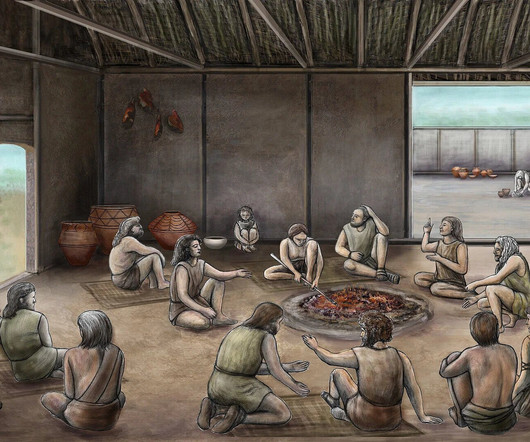




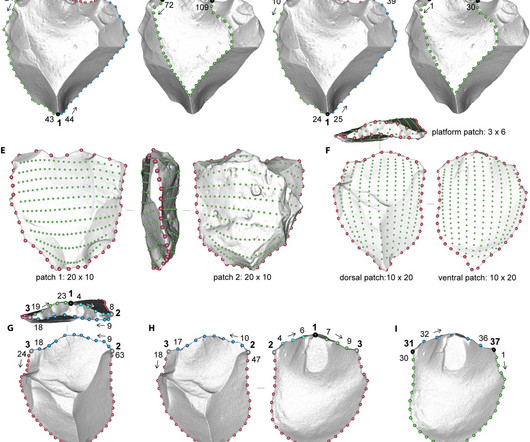
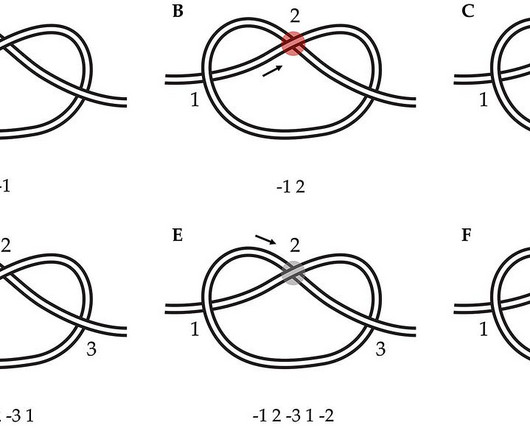

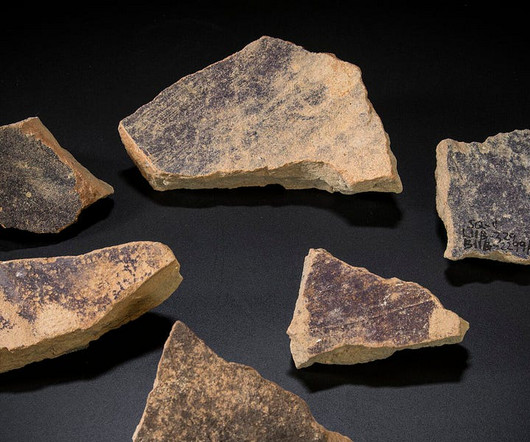
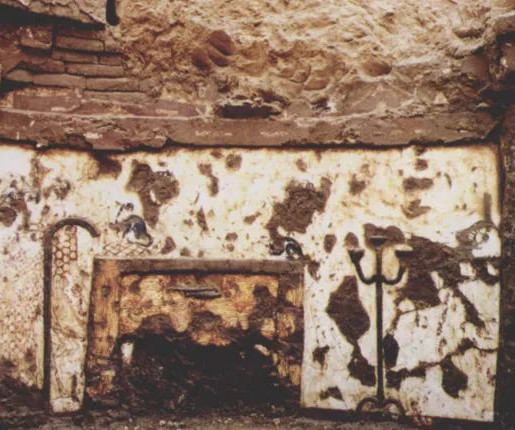

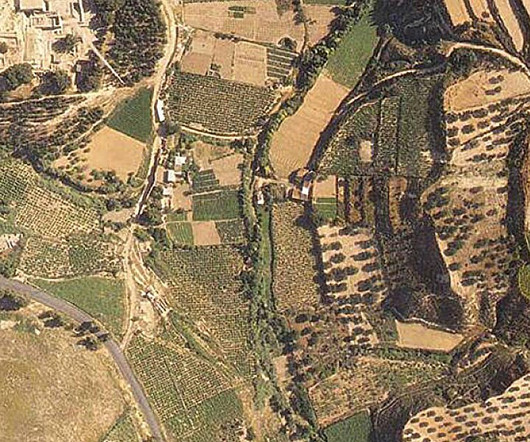
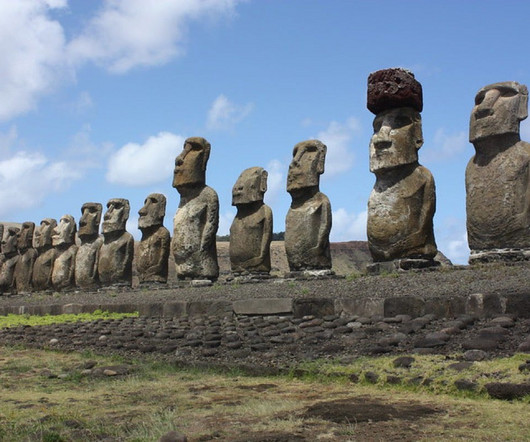

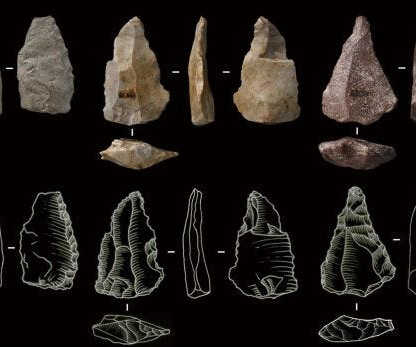


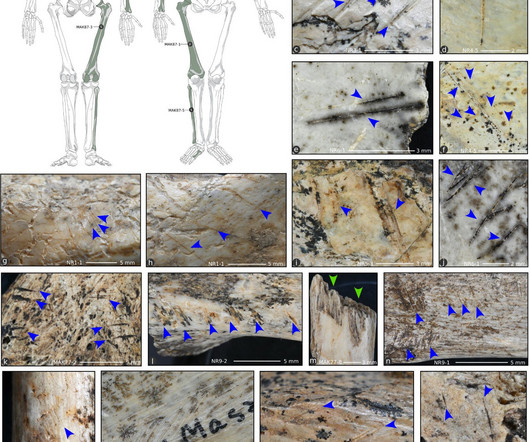
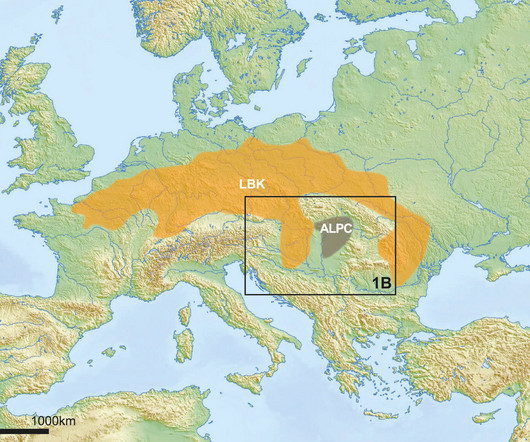








Let's personalize your content